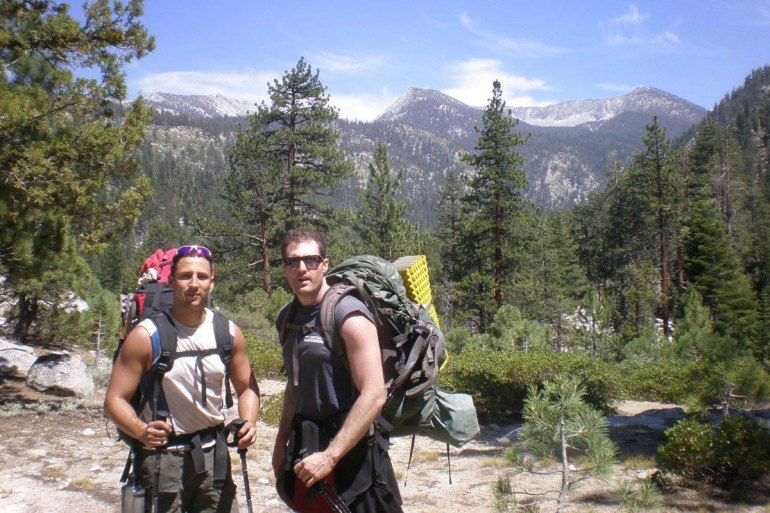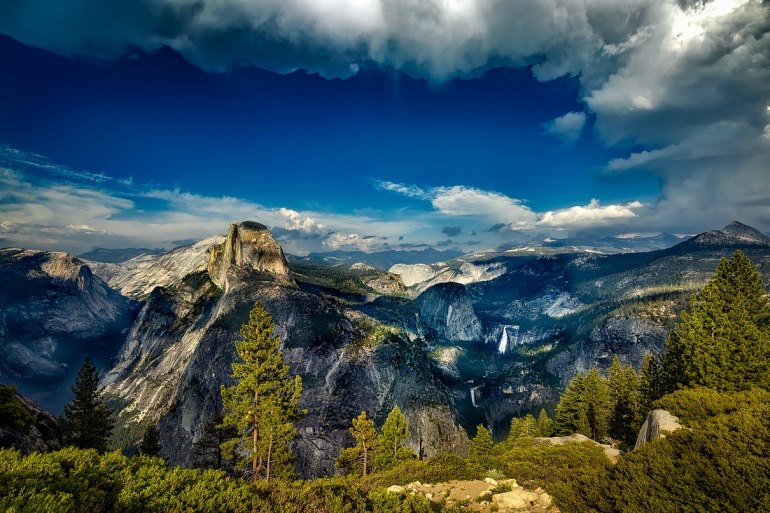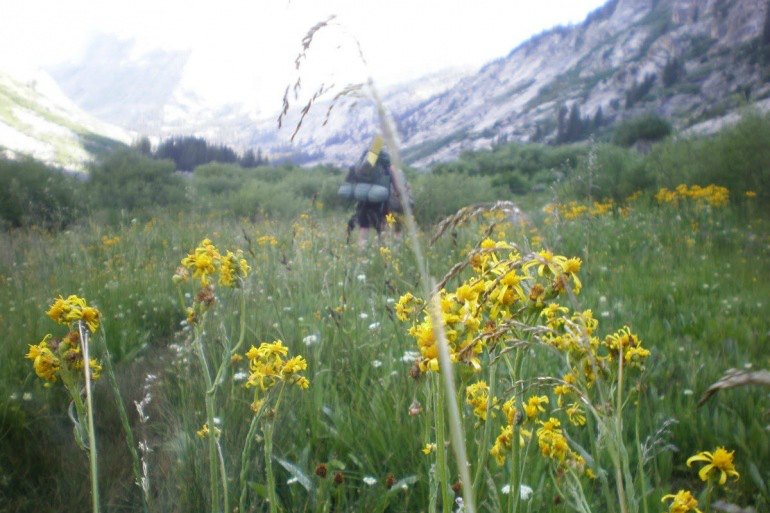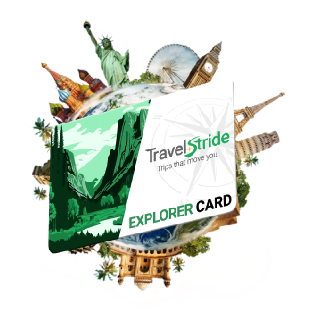The U.S. National Parks are arguably the greatest treasure of America today. They represent some of the most awe-inspiring, peaceful, grand, isolating and inviting public spaces in the country and the world. Their unique beauty and history also make them one of the most popular draws for international tourists to visit America.
On a personal level, many of my fondest memories were forged traversing the national parks with friends. From the East coast to the West I’ve visited more natural places than you can shake a big stick at. Suffice it to say, from awe-inspiring giant redwoods, waterfalls, cliffs, canyons, mountains, and dramatic deserts to rejuvenating pristine alpine meadows dotted with beaver dams and rhythmic soothing beaches, I’ve been touched.

At Stride we love the outdoors and each year we arrange a team hiking outing. As the CEO and cofounder of Stride it’s a joy to facilitate shared experiences in nature. Given the National Parks Centennial, and its many great memories they’ve given me it seems appropriate to share a little history with the Stride community.
Today, August 25th, marks the 100 year anniversary of the formation of the U.S. National Park Service. Over 20,000 National Park Service employees care for America's 400+ national parks every day. Thank you. A big ‘Smokey-the-Bear hat’s off to you’ and all the volunteers - from Scouting organizations to local communities - that help protect and maintain our natural places and educate us about their heritage.
The U.S does not have the oldest Park Service - that honor goes to Canada, who formed theirs in 1911.
However, America wasthe first country to create an individual National Park - Yellowstone - in 1872. That move was an important landmark catalyst for the world. It set in motion a cascading set of events that led to more formal protection and preservation of natural spaces around the globe resulting in over 11% of globe now being protected.
Enjoying this article? Sign up here for more great articles in your inbox.
We never spam. See our Privacy Policy.

The U.S. is still a leader, with about 14% of its total land area being protected (including State, Local and other federal status) and representing over 10% of the World’s total protected land.
The history of America’s national parks has held particular interest to me as two of its greatest contributors, Teddy Roosevelt and John Muir have been personal heroes since I was young.
Teddy Roosevelt is often known as America’s ‘Conservation President’ and was one of the most action-oriented, energetic and bold leaders of the nation with many great quotes applicable to entrepreneurs. Stride’s team is often regaled with his wise words for inspiration - not that I have them memorized or anything. John Muir was a legendary Scottish-American naturalist and preservationist and spiritual leader of the National Parks movement.

I’m grateful that my move to California re-ignited those personal passions for experiencing nature, building new products and teams, and allowed me to spend a lot more time doing what I loved.
I’m even more grateful that, thanks to the vision and perseverance of many passionate Americans, land was was set aside to be experienced by future generations. Many commercial and political reasons existed NOT to preserve this land, and the idea of preservation was new and had never been done before. But those visionary preservationists from Grant to John Muir to Roosevelt and many others prevailed. The act creating the NPS stated its mission thus:
The Service thus established shall promote and regulate the use of the Federal areas known as national parks, monuments and reservations… to the fundamental purpose... to conserve the scenery and the natural and historic objects and the wild life therein and to provide for the enjoyment...by such means as will leave them unimpaired for the enjoyment of future generations."
Coincidentally, I had a life-changing experience with the parks almost exactly 10 years ago today. In 2006 I hiked the John Muir Trail with two friends, spending eleven days backpacking in the high sierra mountains through three National Parks. We covered over 150 miles culminating at Mt. Whitney, the highest peak in the contiguous United States, over 14,000 feet.
It was one of the most painful (I had an old knee injury that flared up) and yet ‘awe’-some experiences of my life. I use “awesome” not the way typical teenagers use the word today but in the original sense of the word - meaning I felt incredible wonder.
I felt small and lost a sense of self and felt a deep appreciation for the beauty and interconnectedness of the world. Many people who have spent extended periods of time in nature, or even brief moments in extraordinary places report similar feelings. Immersing oneself in both was sublime.

Looking at the history of the formation of America’s national parks fills one with hope. It was created by a motley alliance of rugged outdoorsmen, progressive Republicans, systematic Democrats and spiritual citizens concerned for the welfare of future generations.
The founding of America’s National Parks began a worldwide movement of public preservation of nature. Today more than 100 nations provide over 1,000 national parks or equivalent protected spaces.
I hope you will explore more of the US National Parks throughout your life as well as the many around the world. Go and experience the awe that our predecessors and compatriots worked hard to preserve for us.
US National Parks Timeline
- 1864 - President Abraham Lincoln protects first natural area - Yosemite Valley
- 1872 - President Ulysses S. Grant creates the first official National Park, Yellowstone
- 1906 - President Teddy Roosevelt passes the U.S. Antiquities act and through other legislation created multiple National Parks protecting 230 million acres
- 1916 - President Woodrow Wilson creates a new federal agency to manage the multiple protected public lands, the National Park Service
- 2016 - President Obama presides over the largest expansion of protected public land since Roosevelt, and adding 265 million acres of protected water and land
Fun Facts On National Parks Around the World:
- The US created the world’s first National Park
- Greenland is the world’s largest National Park - owned and created by… Denmark
- Canada has the world’s oldest National Park Service (US is 2nd oldest official government agency)
- 1,200 national parks or equivalent preserves exist around the world
- Roosevelt protected the most US land - 230 million acres
- Obama protected the most area, including water - 265 million acres
- Abraham Lincoln was the first to set aside parklands for public use. During the Civil War he signed legislation protecting the land that became Yosemite National Park - one of America’s most iconic - in 1864 - setting the precedent for what would become national parks
- Roosevelt protected wildlife and public lands by creating the United States Forest Service (USFS) and establishing 150 national forests, 51 federal bird reserves, 4 national game preserves, 5 national parks, and 18 national monuments by enabling the 1906 American Antiquities Act.
- The National Park System of the United States comprises more than 400 areas covering more than 84 million acres in 50 states.











